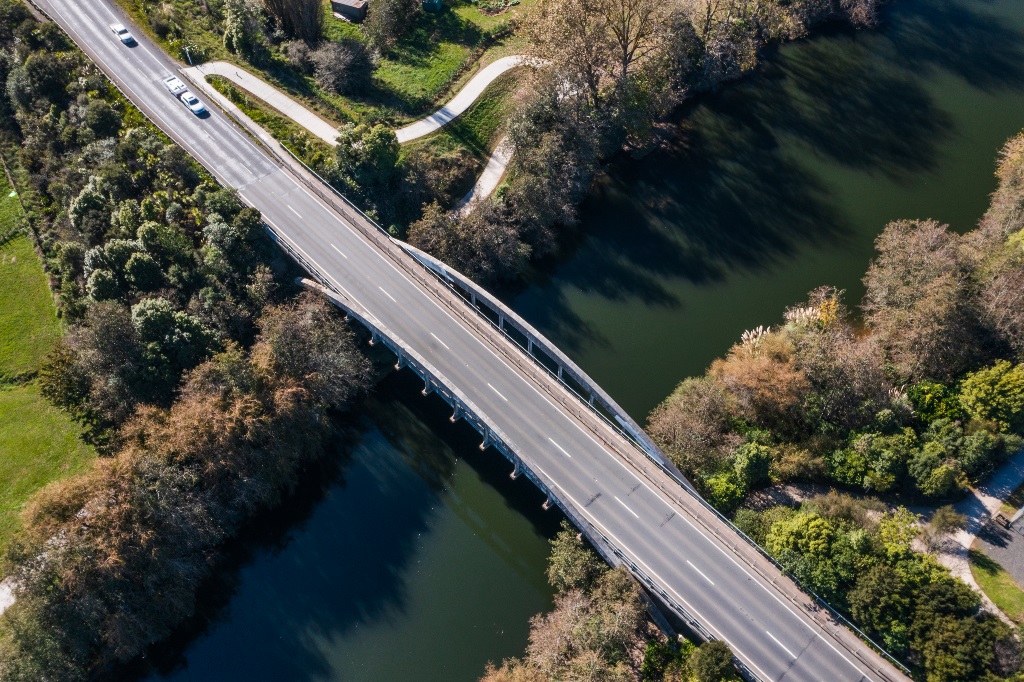The Waikato River is considered a tupuna (ancestor) of Waikato iwi (tribe), hapuu (sub-tribe) and tangata whenua (people with strong family ties to the land). The awa (river) plays a vital role in representing their culture and tribal identity. The Waikato District Council recognises this connection as a core foundation to our enduring relationship with iwi, hapuu and tangata whenua.
A partnership between our Council and Hamilton City Council to form a new organisation to manage water services signifies a further step on the journey toward a renewed focus on the major river that runs through our region.
The new joint CCO covering both council areas will allow water to be managed in a seamless way that creates a continuous service through the Waikato district and Hamilton city.
For council and for iwi, hapuu and tangata whenua, the ultimate objective is prioritising a level of care for wai (water) across the district, with an approach that benefits the whole river. The end goal is to preserve the integrity of our waterways, so these changes are part of a long-term journey to doing things differently and to support changing behaviours.
“As a community, we need to think and care about everything that we do that may have an impact on this precious resource and understanding the impacts we all have is a huge part of that,” says Waikato District Council Chief Executive Craig Hobbs.
What matters most is water quality, good reliable supply and protecting this treasured taonga (treasure).
One of the main drivers behind the government’s Local Water Done Well changes is to encourage councils charged with managing water to think differently, and iwi, hapuu, tangata whenua will be part of ensuring that the CCO looks at innovative ways to care for our awa.
Council will ensure that it complies with new legislation and honours our responsibilities in respect of Te Ture Whaimana (the Vision and strategy of the Waikato River) and the health and wellbeing of all waterways that connect to our awa.
“Caring for our awa starts with our homes and businesses, and we all have a collective responsibility to understand the impacts we create, especially as changing weather patterns impact the nature of water availability,” says Mr Hobbs.




